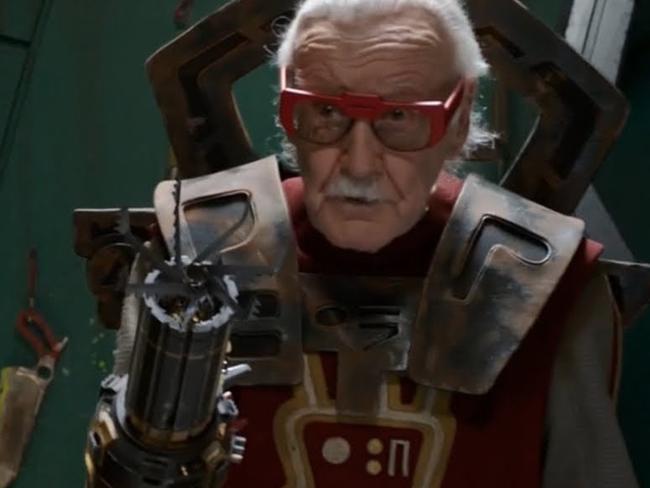How Stan Lee made his Marvel empire
Stan Lee became the king of comics, but it wasn’t a smooth road to his multimillion-dollar fortune. This is how he went from creating a few superheroes to changing Hollywood forever.

Celebrity Life
Don't miss out on the headlines from Celebrity Life. Followed categories will be added to My News.
The king of comics, Stan ‘The Man’ Lee’s had a career which spanned almost six decades and is widely considered the biggest hero to come out of the Marvel universe.
Lee, alongside Jack Kirby, founded what would go onto become the Marvel empire in 1961.
From there he added some impressive names to his belt, some of the world’s most iconic superheroes including Iron Man, Captain America, Black Panther, Daredevil and The Avengers.
In recent years, the Marvel universe has grown from the colourful page turners to include a multi-billion dollar film franchise, merchandise and fan events.
So how did one man go from dreaming up a few super heroes to creating an entire pop subculture and dominating the screen world?
OPINION: How Stan Lee changed my life
MORE: How you may still see Stan Lee’s final cameos


FAKE IT TIL YOU MAKE IT
Stan Lee wasn’t always Stan Lee.
Born Stanley Martin Lieber, in December 1922, the larger than life writer, editor and publisher
grew up a fan of ‘Hardy Boys’ adventure books and Errol Flynn movies, and got a job at Timely Comics after graduating from high school.
Within a few months, the editor and art director quit, leaving the 17-year-old Lee with creative control over the company, which grew and was renamed Atlas Comics and, finally, Marvel.
He initially used pseudonyms to make it seem as though Marvel had more writers than it did.
One of his fakes simply went by a split version of his first name ‘Stan Lee’.
Lee’s early work largely reflected popular movies — westerns, crime dramas, romance, whatever was the rage at the time. He worked for about 50 cents per page.
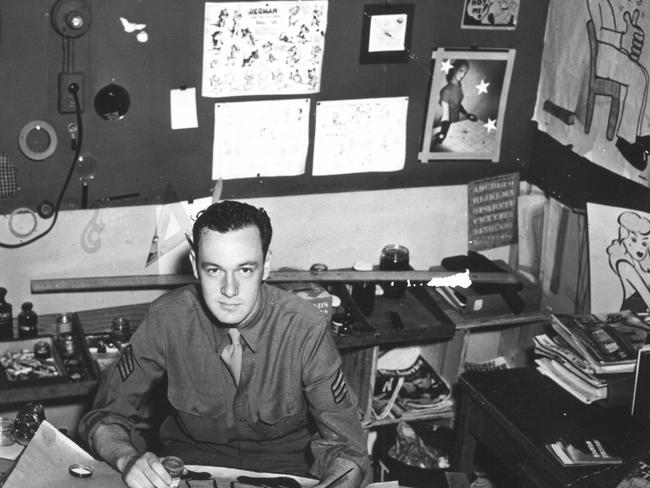
After a stint in the Army during World War II, writing for training films, he was back at Marvel to begin a long and admittedly boring run of assembly line comic book production.
Comics in the 1950s were the subject of Senate hearings pushed by the Comics Code Authority, which frowned on gore and characters that questioned authority. Major comic book companies adopted the code as a form of self-regulation to avoid sanctions.
Lee said he was also working for a publisher who considered comics as fare only for children.
“One day I said, ‘This is insane,”’ Lee told The Guardian in 1979.
“I’m just doing the same type of stories as everybody else. I wasn’t taking pride in my work and I wanted to quit. But my wife said, ‘Look, why don’t you do the kind of comics you want for a change?”’ The result was the first issue of The Fantastic Four, in 1960, with the characters, plot and text from Lee and the illustrations by Kirby.
In the sixties the New-Yorker helped to revive the comic industry through work that offered plenty of costumes and action, while adding sophisticated plots, adult dialogue, satire, science fiction and also philosophy.
It was in the 1960s when he brought The Fantastic Four, The Incredible Hulk, Spider-Man, Iron Man and numerous others to life.
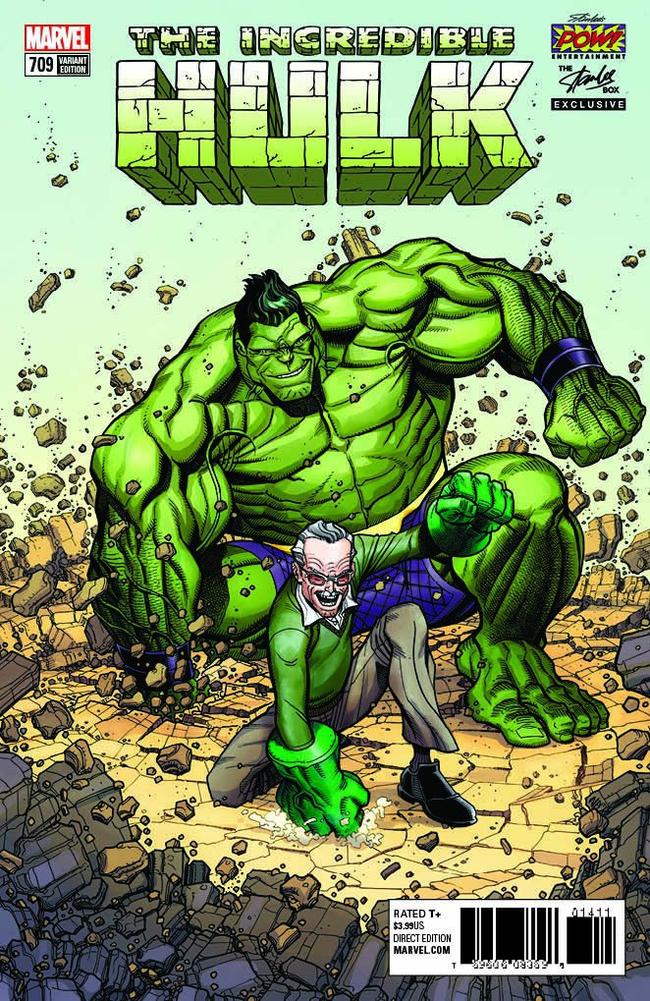
Lee considered the comic-book medium an art form and he was prolific: By some accounts, he came up with a new comic book every day for 10 years.
“I wrote so many I don’t even know. I wrote either hundreds or thousands of them,” he told The Associated Press in 2006.
Lee scripted most of Marvel’s superhero comics himself during the 60s, including The Avengers and the X-Men, two of the most popular titles to his name.
In the 1970s he officially changed his name to this and the rest is history.
He changed his name, thinking Lee would be used for “silly little comics” and his real name would be reserved for novels.
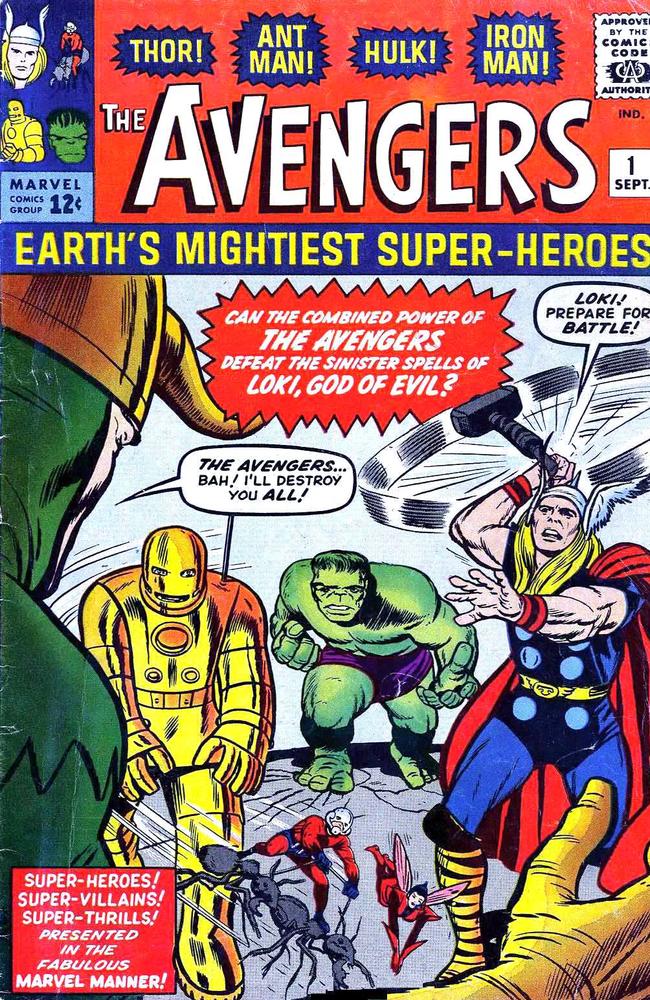
THE NAMES BEHIND THE NAME
The Fantastic Four fought with each other. Spider-Man was goaded into superhero work by his alter ego, Peter Parker, who suffered from unrequited crushes, money problems and dandruff.
The Silver Surfer, an alien doomed to wander Earth’s atmosphere, waxed about the woeful nature of man. The Hulk was marked by self- loathing. Daredevil was blind and Iron Man had a weak heart.
Some of Lee’s creations became symbols of social change — the inner turmoil of Spider-Man represented ‘60s America, for example, while The Black Panther and The Savage She-Hulk mirrored the travails of minorities and women.
“I think of them as fairy tales for grown-ups,” he told The AP in 2006. “We all grew up with giants and ogres and witches. Well, you get a little bit older and you’re too old to read fairy tales. But I don’t think you ever outgrow your love for those kind of things, things that are bigger than life and magical and very imaginative.”

BECOMING A HERO HIMSELF
The man who ‘masked’ himself behind his iconic shades and snow coloured moustache officially became Marvel’s publisher and editorial director in 1972.
Within four years the company would go on to sell 72 million copies of Spider-Man.
“He’s become our Mickey Mouse,” he once said of the masked, web-crawling crusader.
As if he wasn’t busy enough already, Lee also published several books, including “The Superhero Women” in 1977 and “How to Draw Comics the Marvel Way” the following year.
This led him to being named publisher of the year by the Periodical and Book Association of America.
Lee’s direct influence faded in the 1970s as he gave up some of his editorial duties at Marvel.
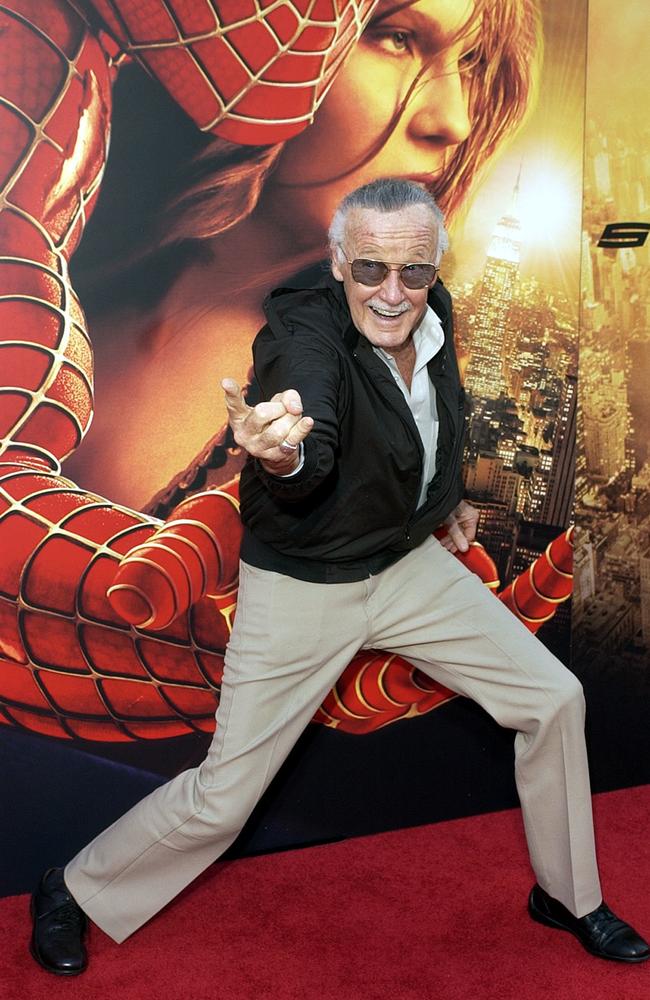
FROM PAGE TO SCREEN
In the late 70s the Marvel world came to life on the telly, when CBS turned the Hulk into a successful TV series, with Bill Bixby and Lou Ferrigno portraying the doomed scientist from 1978-82. A Spider-Man series ran briefly in 1978.
Both characters were featured in animated TV series as well.
Lee’s first mega-budget flick didn’t come until years later in 2000 with the smash-hit X-Men — a film which earnt $US130 million ($A180 million) in North America alone.
Then the Marvel follow up Spider-Man did even better in 2002, claiming $US400 million ($A555 million).
This began the Marvel movie empire which went on to become one of the most lucrative film franchises in history.
In 10 years, the Marvel Cinematic Universe film shave netted over $US17.6 billion ($A24.4 billion) in worldwide grosses.
The recent Avengers: Infinity War movie made more than $US2 billion ($A2.7 billion) worldwide.

BRANCHING OUT
Lee moved to Los Angeles in 1981 to head Marvel Productions, an animation studio that was later purchased, along with Marvel Comics, for $US50 million ($A69.3 million) by New World Entertainment.
As sales of comics declined, Marvel was forced into bankruptcy proceedings that meant it had to void a lifetime contract prohibiting Lee from working for anyone else. Lee later sued Marvel for $US10 million ($A13.8 million), saying the company cheated him out of millions in profits from movies based on his characters.
In 2000, Lee agreed to write stories for DC Comics, reinventing Superman, Batman, Wonder Woman and other signature characters for Marvel’s one-time rival. DC Vice President and Publisher Paul Levitz had nothing but praise when the agreement was made.
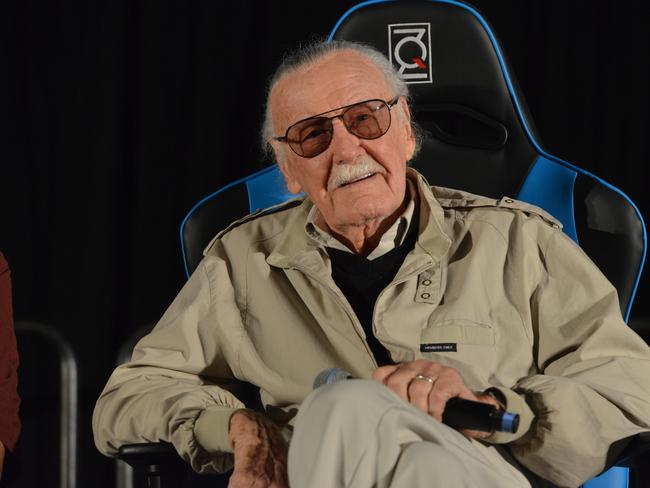
The dapper, friendly comic book genius continued to work into his 90s on numerous projects, including comics, films and DVDs.
In the late 1990s, he looked to capitalise on the internet craze, offering animated Webisodes of comic-like action. Stan Lee Media also sought to reach out to Web-savvy youth through deals with pop artists the Backstreet Boys and Mary J. Blige.
The company went bankrupt, and three men were indicted for allegedly defrauding the business in a cheque kiting scam. Lee wasn’t implicated.
After that initial failure, Lee formed the successful Pow! Entertainment company to launch animated internet-based projects.
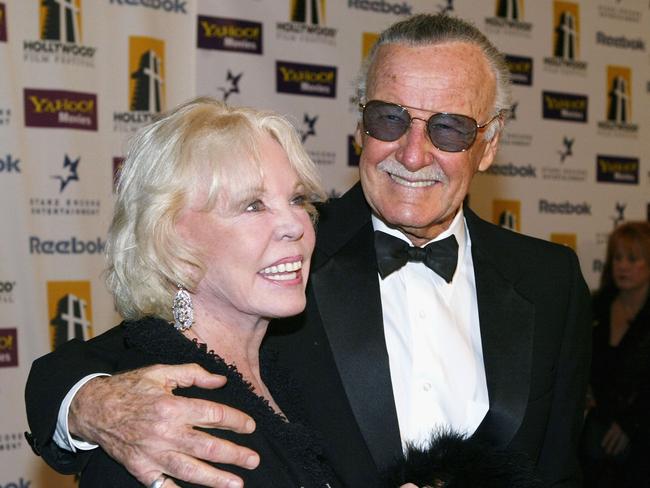
ROMANCE AND LIFE AFTER COMICS
Lee’s wife and partner in nearly everything, Joan Lee, died on July 6, 2017, leaving a void that made her husband, by then in mental and physical decline, vulnerable to hangers-on who began to surround him. Lawsuits, court fights and an elder abuse investigation all emerged in the fight over who spoke for the elderly Lee.
Lee is survived by his daughter, Joanie, and a younger brother who also worked in comics, Larry Lieber.
While Disney bought his publishing house for $US4 billion ($A5.5 billion) in 2009, Lee stayed in the Marvel picture.
Despite his winding back at Marvel in the last few decades, much to the delight of hungry fans, Stan Lee appeared in countless cameos in the movies based on his work.
Some more of those were filmed before his death, and may still appear in upcoming films Captain Marvel and Avengers 4.
